This Colorado Sasquatch Investigations of the Rockies Field Report comes from Ron Petersen.
| Ron Petersen investigated a report from a female truck driver in Northern Colorado who had just witnessed a Sasquatch at a distance of approximately 15 feet from her vehicle. The witness was still visibly shaken as I interviewed her.
She described the encounter as taking place around midnight as she was turning into pick up a load from a nearby rock quarry.
She described the creature as being hunched over on the side of the road. She thought at first,(Because of the hair color being reddish brown) that it may be a grizzly bear. She then realized there are none in that area. As she switched to her high beams on her truck the creature rose and began to walk away up an incline and over a 4 foot barbed wire fence. She indicated that the creature covered the distance from the highway to the fence in approximately 3-4 seconds.
I recreated the walk myself and it took around 15 seconds. The stride of the creature was approximately 6 foot. The witness also noticed the muscle movement in the arms and back. She also indicated that the shoulders of the creature were up to the window of her truck which would put them at a little over 7 feet. |
|
Ron Petersen
Sasquatch Investigations of the Rockies
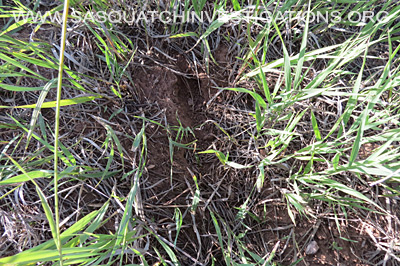
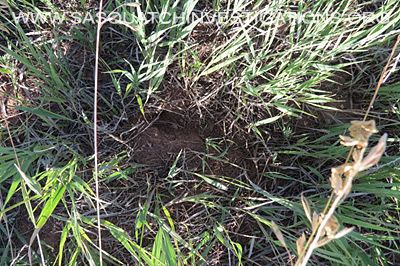






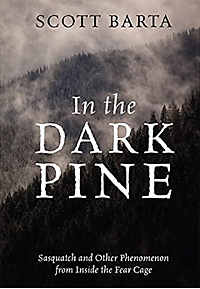
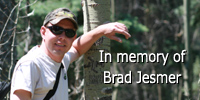
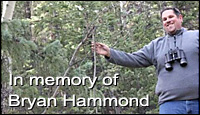
{ 1 comment… read it below or add one }
One thing I’ve noticed on your site is the absence of even basic geographic details. Northern CO is a very big area. Could you at least let us know if it was on the front range, central, or western slope? It feels like you’re trying to keep relevant data to yourselves, and it’s a disservice to the community as a whole. I do understand a reluctance to post exact locations but, considering the decline in CO reports over the last decade, general areas or counties would give us an idea of where they might continue to habitat.